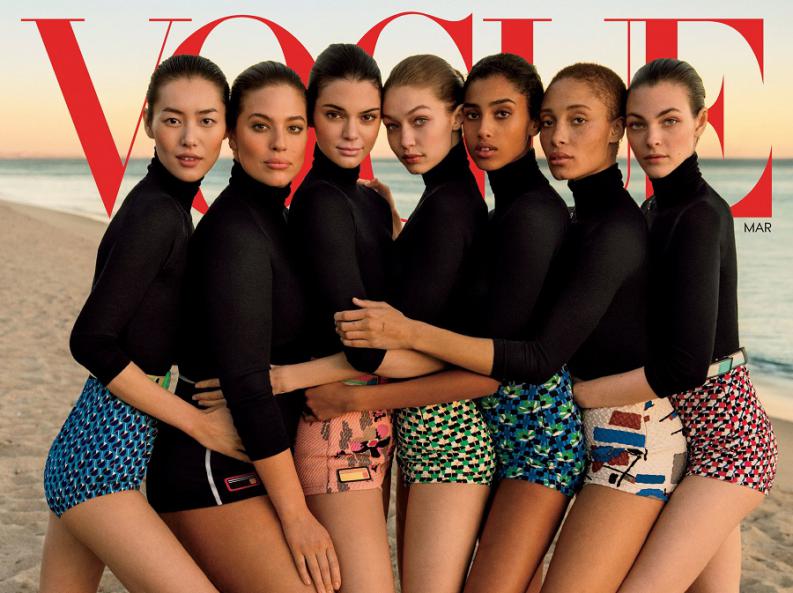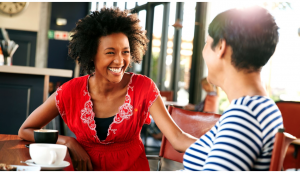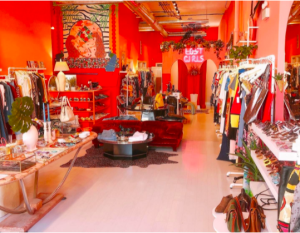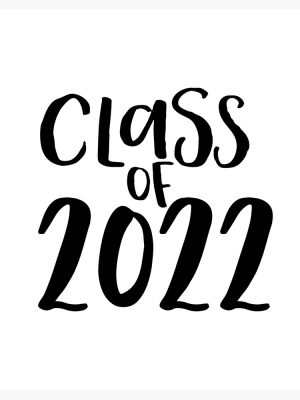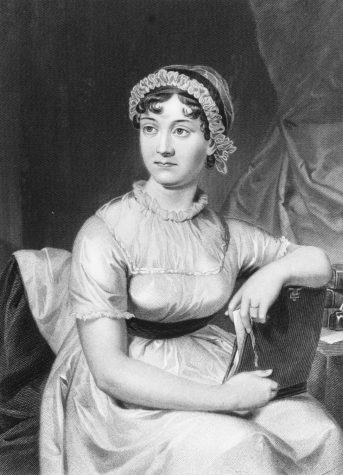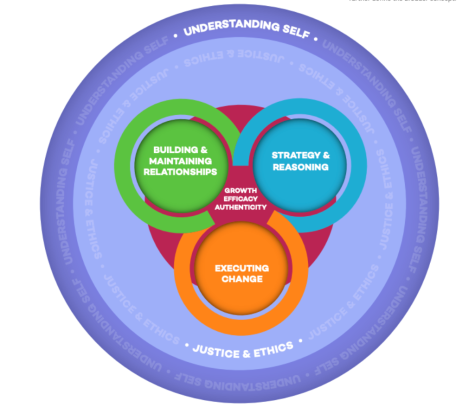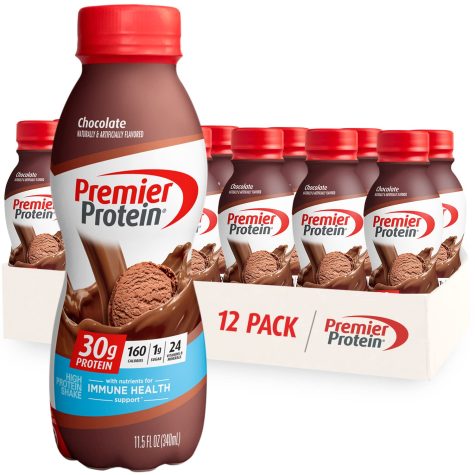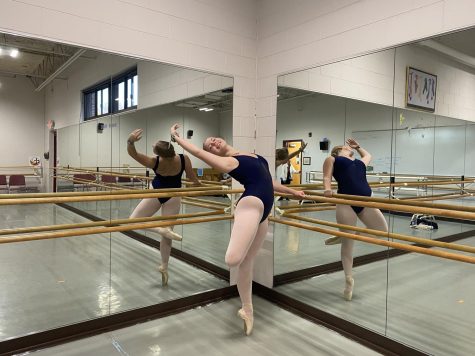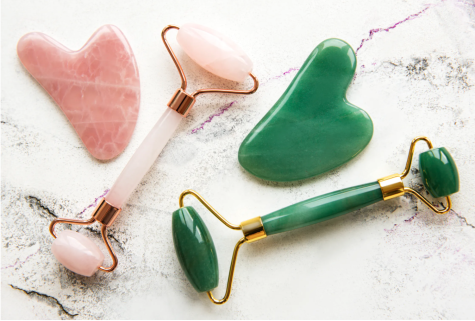Representation in the Media
It’s 2018 and the media is at its peak and has many benefits. However, the lack of representation, whether it’s in regards to race, body image, or sexuality can negatively impact people.
Courtesy of Vogue. While representation in the media has come a long way, it is still not where it needs to be. While diversity of race is represented in this photo, there is little to no diversity in body type.
October 9, 2018
How often do you look at the mirror and not like what you see? Have you ever wanted to change something about yourself? Maybe you want to change your appearance. Wouldn’t life be so much better if you were taller, thinner, and simply more attractive?
Often times, females especially, have these thoughts. According to a national report from Real Girls, Real Pressure, a Dove Self-Esteem Fund, 7 out of 10 girls believe they are not good enough or do not measure up in some way, including their looks, performance in school and relationships with family and friends. There are many reasons why this statistic is so significantly high with a major factor being the media. It’s 2018 and social media is at its peak; networks like Twitter have up to 300 million monthly users, and Instagram now has up to 1 billion monthly users as of June 2018.
The media is a big part of our daily lives. From television shows and movies to Instagram and Snapchat, it can be hard to resist. This can be especially true for teenagers and young adults. With such advanced technology, anyone could easily create a social media account and access it consistently throughout the day. In fact, according to a survey from May 2018 done by Pew Research Center, 45% of U.S. teens say they’re online “almost constantly.”
Although it can be hard to resist at times, social media can be very useful. Facebook and Instagram are great ways to know what’s going on with the people in our lives we might not be able to see every day. Social media also allows users to keep up with the lives of celebrities and other influencers. Through Instagram and Snapchat stories, as well as daily Youtube vlogs, social media users can always be in the know.
The media can be great for connecting, but it can also be damaging. With already 45% of U.S. teens alone admitting they’re online constantly, it’s hard to believe that anything else could be the culprit for this except social media. Social media in society today has become an obsession. It has caused many people, not just teenagers, to be focused on their phones instead of interacting with those around them.
In addition to being time-consuming, social media lacks representation. It’s hard to believe that in 2018, there are still businesses and brands that lack representation and body positivity in their social media pages. Magazines like Seventeen and Cosmopolitan focus more on the “perfect appearance” through their unrealistic standards and harsh photoshop. Constantly seeing these idealistic beauty standards from magazines and social media posts can make it hard for anyone, especially young girls, to feel comfortable in the skin they are in. According to a national report on self-esteem, 98% of girls feel there is an immense pressure from external sources to look a certain way. 92% of teen girls would like to change something about the way they look, with body weight ranking the highest, and 90% of eating disorders are found in girls alone.
Social media might not be the cause for these statistics, but it likely isn’t a coincidence. We live in a society where words like “skinny” and “pretty” are becoming more appealing than words like “smart” and “kind.” Everyone has their own insecurities, and social media can definitely heighten them. As users, we can either dwell in every little obsession or trend, or we can be realistic and realize that there are more important things in life than being taller, thinner, or more “attractive.”
Other types of media, like tv shows and movies, could use more representation and diversity as well. Watching a television show or movie can be so much more meaningful when you can relate to a character or a storyline, whether it’s in regards to race, ethnicity, gender, or sexuality. Representation on screen is becoming more apparent, but it still doesn’t reflect diversity, especially in the American population alone. The United States is a country with so many different walks of life. Every single one of us has a different background and story; why doesn’t the media show more of that? In the 2015-16 television show season, 66% of roles were played by white actors, %17 by black actors, 6% by Latinx actors, and 5% by Asian actors. These numbers don’t represent the diverse population of America, so they shouldn’t represent our on-screen representation either.
Lack of representation can be disheartening for those who feel they’re ethnicity or race simply isn’t being represented enough. Symbolic annihilation is a term that shares a similar idea to underrepresentation, suggesting the idea that if viewers don’t see people like them in the media to consume, then they must be unimportant. Researches George Gerbner and Larry Gross suggested this in their 1976 paper titled “Living With Television,” where they mentioned the term symbolic annihilation and how “representation in the fictional world signifies social existence; absence means symbolic annihilation”.
It’s 2018, and the need for representation is more important now than ever before. The media is at its peak and has many benefits, but can negatively affect people through the lack of representation of race, body image, or sexuality. Representation in the media is essential to making everyone feel included. Maybe we can’t control everything that goes into the media, but we can focus on, and promote, the positivity that social media can create.

